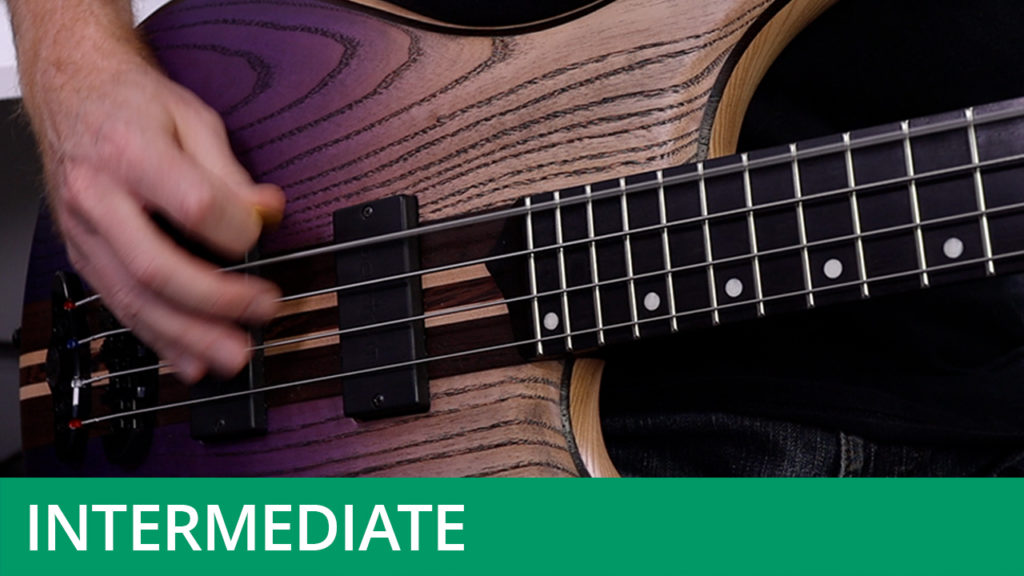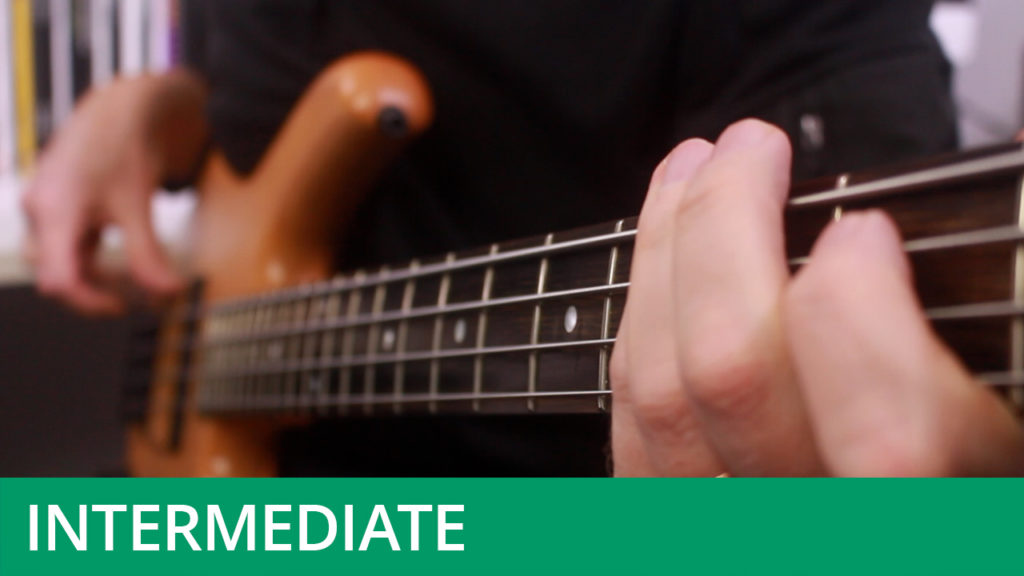The Aeolian Mode
Course Duration: 55 Minutes | Difficulty Level: 3
This course is a detailed examination of the Aeolian mode, also known as the Natural Minor scale. This is in important mode to know as it has a wide variety of uses and serves as a reference point for many of the other minor modes.
The initial focus of this course is the A Aeolian mode, which belongs to the home key of C major. You’ll first learn to play it all over the fingerboard using the 'content over patterns' method, after which there are a series of bass grooves that put the mode to use. Some of the later exercises utilise the Aeolian mode from other keys. By the end of this course you should be very familiar with the sound of the Aeolian mode and feel confident using it in your own lines.
Don’t forget to hit the Download Resources button above in order to download the PDF worksheet and audio files for this course (available to subscribers only).



